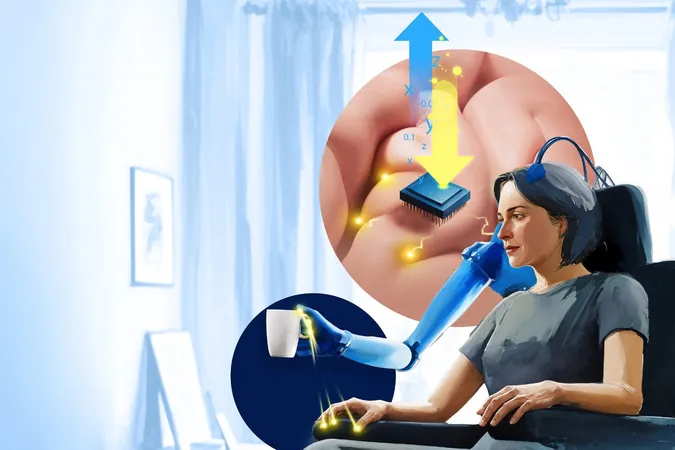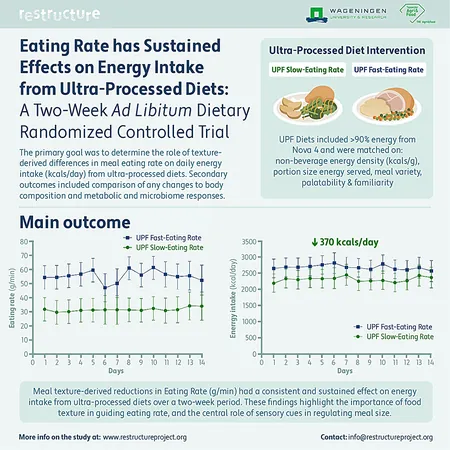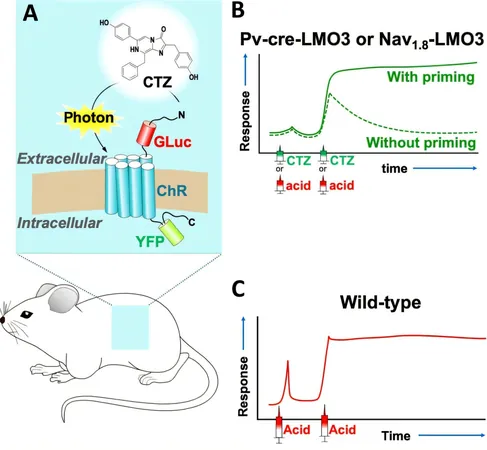
Revolutionary Brain-Controlled Bionic Hand: Experience Touch Like Never Before!
2025-01-16
Author: Rajesh
Introduction
In a groundbreaking study that's straight out of a sci-fi novel, researchers are making astonishing strides in the realm of bionic technology. Scientists from the Cortical Bionics Research Group have unveiled a cutting-edge bionic hand system capable of delivering the most sophisticated artificial touch sensations known to date. This development was tested on participants with spinal cord injuries, marking a significant leap forward in prosthetic and sensory experience technology.
The Experimentations
During a series of experiments, these pioneering scientists devised a brain-computer interface (BCI) that allowed volunteers to perceive complex tactile feedback, including motion, curvature, and orientation. Previous advancements in prosthetic limbs have made important inroads, yet they typically fall short of mimicking the intricate nature of human touch. To address this, researchers have begun utilizing intracortical microstimulation (ICMS) to stimulate the brain's somatosensory cortex—a method that has demonstrated promise in generating distinct tactile sensations directly on the skin.
The Research Team
According to Giacomo Valle, one of the lead researchers, early ICMS experiments primarily focused on determining the location and intensity of sensations. However, a more comprehensive understanding of touch involves additional factors, such as texture, material properties, and the movement of objects across the skin's surface. Valle emphasized that conveying only basic feedback leaves artificial touch feeling inadequate.
Significant Findings
In their latest study, published in the journal Science, Valle and his team made significant headway. They recruited two participants with spinal cord injuries, implanting electrodes in their sensory and motor brain regions linked to their hands and arms. By decoding the unique electrical patterns generated in the brains of these volunteers when they imagined moving their paralyzed limbs, the researchers created a sophisticated BCI that facilitated the control of a bionic limb equipped with sensory feedback mechanisms.
Communication Between Brain and Bionic Hand
"For the first time, we've achieved a level of communication between brain and bionic hand that encompasses complex sensations like orientation and 3D shapes," Valle stated. This innovation not only allows users to feel textured sensations, simulating natural touch but also enhances their ability to execute intricate tasks, such as precisely relocating objects. The research underscores that the richness of tactile information is essential for mastering tasks that demand dexterity and nuanced manipulation—akin to that of a human hand.
Challenges Ahead
Despite the promising nature of these findings, the researchers acknowledge that this field is still in its infancy. To fully replicate the complex sensations facilitated by human touch, advancements in sensor technology and the development of prosthetic skin will be necessary. Valle's team is optimistic that these enhancements will pave the way for truly lifelike bionic limbs in the near future.
Future Prospects
"While we face numerous challenges ahead, our latest study illustrates that restoring the sense of touch is becoming an achievable goal," Valle remarked. "With every new discovery, we're stepping closer to a future where prosthetic limbs are not merely tools but integral extensions of the body that enrich the user’s connection to the world."
Next Steps
The next phase of this transformative research will involve further testing of their BCI systems in everyday settings, such as the homes of patients. The ultimate ambition of Valle and his team is to elevate the independence and enhance the quality of life for individuals living with disabilities, transitioning the concept of prosthetics from merely functional to truly interactive.
Conclusion
Stay tuned for updates on this incredible journey to merge technology and humanity in the quest for advanced bionic limbs!




 Brasil (PT)
Brasil (PT)
 Canada (EN)
Canada (EN)
 Chile (ES)
Chile (ES)
 Česko (CS)
Česko (CS)
 대한민국 (KO)
대한민국 (KO)
 España (ES)
España (ES)
 France (FR)
France (FR)
 Hong Kong (EN)
Hong Kong (EN)
 Italia (IT)
Italia (IT)
 日本 (JA)
日本 (JA)
 Magyarország (HU)
Magyarország (HU)
 Norge (NO)
Norge (NO)
 Polska (PL)
Polska (PL)
 Schweiz (DE)
Schweiz (DE)
 Singapore (EN)
Singapore (EN)
 Sverige (SV)
Sverige (SV)
 Suomi (FI)
Suomi (FI)
 Türkiye (TR)
Türkiye (TR)
 الإمارات العربية المتحدة (AR)
الإمارات العربية المتحدة (AR)